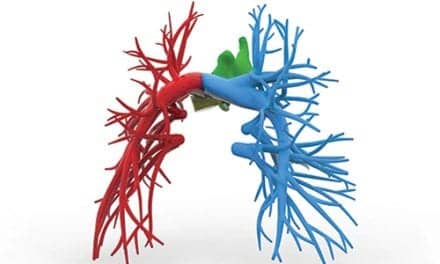A retrospective study on infants finds that many cases of pertussis are often misclassified and underdiagnosed and suggests use of a system to diagnose the condition.
The researchers analyzed all infants with age ?90 days hospitalized from March 2011 until September 2013 for acute respiratory symptoms tested with a Real Time Polymerase Chain Reaction able to detect Bordetella pertussis and with a Real Time Polymerase Chain Reaction for a multipanel respiratory virus. Therefore, we compared patients with pertussis positive aspirate, patients with respiratory virus positive aspirate and patients with negative aspirate to identify symptoms or clinical findings predictive of pertussis.
Out of 215 patients analyzed, 53 were positive for pertussis (24.7%), 119 were positive for respiratory virus (55.3%) and 43 had a negative aspirate (20%). Pertussis was suspected in 22 patients at admission and 16 of them were confirmed by laboratory tests, while 37 infants with different admission diagnosis resulted positive for pertussis. The sensitivity of clinical diagnosis was 30.2% and the specificity 96.3%. Infants with pertussis had more often paroxysmal cough, absence of fever and a higher absolute lymphocyte count than infants without pertussis.
The researchers say pertussis is a serious disease in infants and it is often unrecognized; some features should help pediatricians to suspect pertussis, but clinical suspicion has a low sensitivity. They suggest a systematic use of Real Time Polymerase Chain Reaction to support the clinical suspicion of pertussis in patients with less than 3 months of age hospitalized with acute respiratory symptoms.










